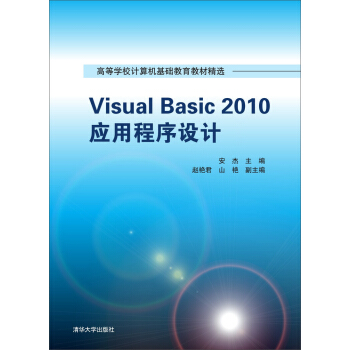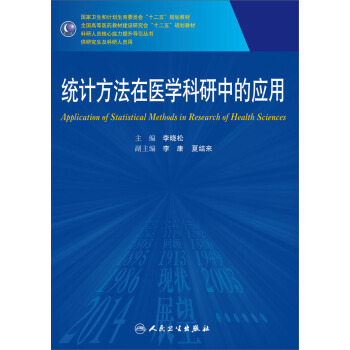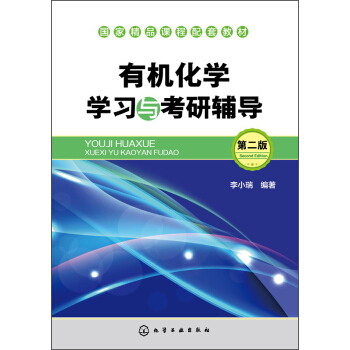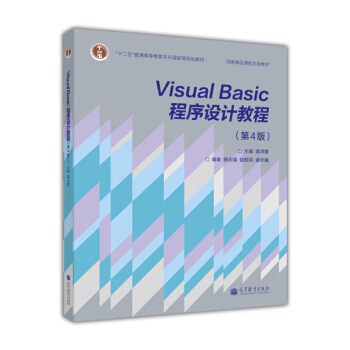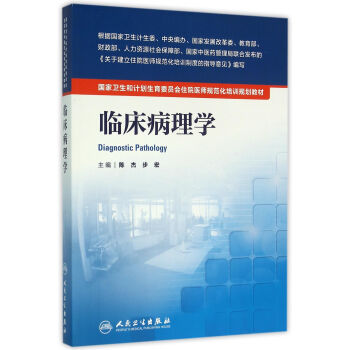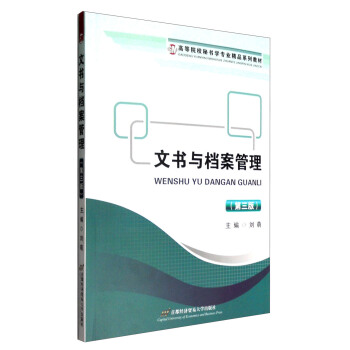

具体描述
内容简介
《磁性物理学和磁性材料》是一部讲述磁性基础理论的教程。书中讲述了磁矩起源,应用磁性场的响应,不同的相互作用产生了固体中磁序的不同形式,及其许多例子。书中以能够让读者充分理解材料性质的深度讲述了晶场模拟效应,晶场模拟效应在材料性质的扮演着重要角色,并以同样深度讲述了巡回电子磁性。书中还特别讲述了磁晶磁性各向异性和磁热效应,一般磁性计算知识也得以呈现。书中有一半的内容用于讲述磁性材料和性质,这使得其应用广泛。另外,本书很有技巧地讲述了永磁体、高密度记录材料、软磁性材料、invar合金和磁控材料。目次:引入;原子矩的起源;自由离子的顺磁性;磁性有序状态;晶体场;逆磁性;巡回电子磁性;基本概念和单位;测量技巧;磁性材料中的热效应;磁性的各向异性;永磁体;高密度记录材料;软磁性材料;invar合金;磁控材料。
读者对象:物理专业、材料科学和工程以及电子工程材料的高年级本科生和研究生,以及相关专业的科研人员。
目录
chapter 1. introductionchapter 2. the origin of atomic moments
2.1. spin and orbital states of electrons.
2.2. the vector model of atoms
chapter 3. paramagnetism of free ions
3.1. the briliouin function
3.2. the curie law
references
chapter 4. the magnetically ordered state
4.1. the heisenberg exchange interaction and the weiss field
4.2. ferromagnetism
4.3. antiferromagnetism
4.4. ferrimagnetism
references
chapter 5. crystal fields
5.1. introduction
5.2. quantum-mechanical treatment
5.3. experimental determination of crystal-field parameters
5.4. the point-charge approximation and its limitations
.5.5. crystal-field-induced anisotropy
5.6. a simplified view of 4f-electron anisotropy
references
chapter 6. diamagnetism
reference
chapter 7. itinerant-electron magnetism
7.1. introduction
7,2. susceptibility enhancement
7.3. strong and weak ferromagnetism
7.4. intersublattice coupling in alloys of rare earths and 3d metals
references
chapter 8. some basic concepts and units
references
chapter 9. measurement techniques
9.1. the susceptibility balance
9.2. the faraday method
9.3. the vibrating-sample magnetometer
9.4. the squid magnetometer
references
chapter 10. caloric effects in magnetic materials
10.1. the specific-heat anomaly
10.2. the magnetocaloric effect
references
chapter 11. magnetic anisotropy
references
chapter 12. permanent magnets
12.1. introduction
12.2. suitability criteria
12.3. domains and domain walls
12.4. coercivity mechanisms
12.5. magnetic anisotropy and exchange coupling in permanent-magnet materials based on rare-earth compounds
12.6. manufacturing technologies of rare-earth-basea magnets
12.7. hard ferrites
12.8. alnico magnets
references
chapter 13. high-density recording materials
13.1. introduction
13.2. magneto-optical recording materials
13.3. materials for high-density magnetic recording
references
chapter 14. soft-magnetic materials
14.1. introduction
14.2. survey of materials
14.3. the random-anisotropy model
14.4. dependence of soft-magnetic properties on grain size
14.5. head materials and their applications
14.5.1 high-density magnetic-induction heads
14.5.2 magnetoresistive heads
references
chapter 15. invar alloys
references
chapter 16. magnetostrictive materials
references
author index
subject index
前言/序言
The first accounts of magnetism date back to the ancient Greeks who also gave magnetism its name. It derives from Magnesia, a Greek town and province in Asia Minor, the etymological origin of the word "magnet" meaning "the stone from Magnesia." This stone consisted of magnetite (Fe304) and it was known that a piece of iron would become magnetized when rubbed with it.More serious efforts to use the power hidden in magnetic materials were made only much later. For instance, in the 18th century smaller pieces of magnetic materials were combined into a larger magnet body that was found to have quite a substantial lifting power.Progress in magnetism was made after Oersted discovered in 1820 that a magnetic field could be generated with an electric current. Sturgeon successfully used this knowledge to produce the first electromagnet in 1825. Although many famous scientists tackled the phenomenon of magnetism from the theoretical side (Gauss, Maxwell, and Faraday) it is mainly 20th century physicists who must take the credit for giving a proper description of magnetic materials and for laying the foundations of modern technology. Curie and Weiss succeeded in clarifying the phenomenon of spontaneous magnetization and its temperature dependence. The existence of magnetic domains was postulated by Weiss to explain how a material could be magnetized and nevertheless have a net magnetization of zero. The properties of the walls of such magnetic domains were studied in detail by Bloch, Landau,and Neel.
Magnetic materials can be regarded now as being indispensable in modern technology.They are components of many electromechanical and electronic devices. For instance, an average home contains more than fifty of such devices of which ten are in a standard family car. Magnetic materials are also used as components in a wide range of industrial and medical equipment. Permanent magnet materials are essential in devices for storing energy in a static magnetic field. Major applications involve the conversion of mechanical to electrical energy and vice versa, orthe exerfon of a force on soft ferromagnetic objects. The applications of magnetic materials in information technology are continuously growing.
In this treatment, a survey will be given of the most common modern magnetic mate-rials and their applications. The latter comprise not only permanent magnets and invar alloys but also include vertical and longitudinal magnetic recording media, magneto-optical recording media, and head materials. Many of the potential readers of this treatise may have developed considerable skill in handling the often-complex equipment of modem information technology without having any knowledge of the materials used for data stor-age in these systems and the physical principles behind the writing and the reading of the data. Special attention is therefore devoted to these subjects.
Although the topic Magnetic Materials is of a highly interdisciplinary nature and com-bines features of crystal chemistry, metallurgy, and solid state physics, the main emphasis will be placed here on those fundamental aspects of magnetism of the solid state that form the basis for the various applications mentioned and from which the most salient of their properties can be understood.
It will be clear that all these matters cannot be properly treated without a discussion of some basic features of magnetism. In the first part a brief survey will therefore be given of the origin of magnetic moments, the most common types of magnetic ordering, and molecular field theory. Attention will also be paid to crystal field theory since it is a prereq-
uisite for a good understanding of the origin of magnetocrystalline anisotropy in modem permanent magnet materials. The various magnetic materials, their special properties, and the concomitant applications will then be treated in the second part.
用户评价
在阅读这本书的过程中,我时常会产生一种“豁然开朗”的感觉。作者对于磁性材料的分类和性能分析,是我之前从未系统接触过的。他详细介绍了各种磁性材料的结构、制备方法以及它们在不同应用场景下的优缺点。例如,他对于永磁材料的讨论,从早期的天然磁石到现代的稀土永磁体,历史演变清晰可见,性能提升的背后原理也得到了深入浅出的讲解。此外,他对软磁材料、磁记录材料以及磁致伸缩材料的介绍,也让我对这些看似平凡却至关重要的材料有了全新的认识。
评分我必须说,这本书在物理概念的阐述上,达到了我所能想象到的最高水准。作者对磁性物理学基本原理的剖析,简直可以用“鞭辟入里”来形容。他不仅清晰地解释了各种磁现象,例如抗磁性、顺磁性、铁磁性以及更复杂的反铁磁性和亚铁磁性,更重要的是,他深入探讨了这些现象背后的微观机制。我特别欣赏他对量子力学在磁性中的作用的阐释,例如电子自旋、轨道角动量以及它们如何相互作用形成宏观磁性。书中对不同材料体系的磁性行为的分析,从金属到合金,再到化合物,都显得格外详尽和严谨。
评分这本书的结构安排也堪称一绝。作者从最基本的磁性概念出发,逐步深入到更复杂的理论和应用。他清晰地梳理了不同磁性材料的分类,并详细介绍了它们的特性和应用。我特别喜欢他对软磁材料和硬磁材料的区分和论述,这让我能够清晰地理解它们在不同场景下的选择和使用。此外,书中还探讨了许多前沿的磁性研究方向,例如自旋电子学和拓扑磁学,这让我对磁性科学的未来发展充满了期待。
评分坦白说,我一开始对这本书的期望并不高,以为它会是一本充斥着枯燥公式和晦涩理论的学术著作。然而,当我深入阅读后,我发现自己完全错了。作者的叙述方式非常独特,他能够将复杂的磁性物理概念,用一种极其生动形象的方式呈现出来。比如,在解释磁畴理论时,他用了一个非常贴切的比喻,让我瞬间就理解了这个概念的本质。而且,书中还穿插了许多历史性的故事和前沿的科研进展,这使得阅读过程一点也不枯燥,反而充满了探索的乐趣。
评分我原以为这本书会充斥着大量的数学推导和专业术语,但实际阅读体验却完全出乎我的意料。作者的写作风格非常平易近人,他善于运用各种类比和形象化的语言来解释复杂的概念。例如,在讲解磁畴的形成时,他将磁畴比作一个个小小的“磁铁”,而磁畴壁则是它们之间的“边界”,这样的描述一下子就让我理解了这个抽象的概念。而且,书中还穿插了许多关于磁性材料在实际应用中的案例,这让我更加直观地感受到磁性物理学的魅力。
评分这本书最令我惊喜的一点是,它不仅仅是理论的堆砌,更充满了作者对磁性世界探索的热情和思考。他用生动的语言,将抽象的磁场概念具象化,仿佛带领读者置身于一个由磁力线交织而成的奇妙空间。在讲解微观的磁畴结构时,作者通过类比,将复杂的量子力学原理解释得浅显易懂。我尤其喜欢他关于铁磁性材料的讨论,从微观的电子自旋排列到宏观的磁化强度,每一个环节都衔接得恰到好处。他甚至还引用了一些历史故事,讲述了科学家们在探索磁性奥秘过程中的艰辛与智慧,这让整本书读起来既有知识性,又充满了人文关怀。
评分这本书的封面设计就充满了金属质感,深邃的蓝色背景上,跃动着流动的磁力线图案,隐约可见一些精密的电子元件符号,让人立刻感受到它所涵盖的专业深度。我原本以为这会是一本枯燥乏味的教科书,毕竟“磁性物理学”这几个字就足以让不少人望而却步。然而,当我翻开第一页,就被作者流畅而富有逻辑的叙述所吸引。他并没有一开始就抛出复杂的公式和晦涩的理论,而是从宏观的磁现象入手,比如指南针的原理,地球的磁场,再到日常生活中无处不在的磁性应用,比如硬盘、磁共振成像等等。这种循序渐进的方式,大大降低了阅读门槛,让即使是对物理学不甚了解的读者也能迅速进入状态。
评分这本书的内容之详尽,让我不得不惊叹。作者在磁性物理学的各个分支领域都进行了深入的探讨。从基础的麦克斯韦方程组与磁场的关系,到复杂的量子磁性现象,再到各种新型磁性材料的开发与应用,几乎涵盖了整个磁性科学的版图。我特别喜欢他对磁畴壁动力学和磁畴翻转机制的分析,这些都是理解磁性材料动态行为的关键。书中关于磁畴壁移动、钉扎以及反磁化过程的详细阐述,让我对磁性材料的响应速度和稳定性有了更深刻的认识。
评分这本书最让我印象深刻的是作者对于材料科学与磁性物理学之间深刻联系的解读。他不仅仅是在讲解“是什么”,更是在探讨“为什么”。他深入剖析了原子结构、晶体结构以及电子能带结构如何决定了材料的磁性。我尤其欣赏他对不同晶体结构下磁畴排列方式的细致分析,以及这些微观结构变化如何影响宏观磁性能。书中对于合金化、相变以及热处理等工艺手段如何调控材料磁性的讨论,也让我对材料设计的精妙之处有了更深的理解。
评分这本书不仅仅是一本理论书籍,更是一本实用的指南。作者在讲解理论知识的同时,也非常注重这些知识在实际工程中的应用。他详细介绍了各种磁性材料在不同领域的应用实例,从电机、变压器到传感器、存储设备,再到医疗设备和新能源技术。我特别关注他对高性能永磁体在电动汽车和风力发电机中的应用的分析,这让我对未来科技的发展方向有了更清晰的预判。书中关于磁性材料选择、设计以及性能优化的建议,对于工程师和科研人员来说,无疑是宝贵的财富。
评分写的很不错,清晰易懂,就是价格有点贵。
评分就翻了几页,看看这印刷,看看这错误。。。。
评分同学要的东西,感觉还行
评分对此购买了
评分不说话,不让评价
评分就翻了几页,看看这印刷,看看这错误。。。。
评分不错不错不错不错不错不错不错
评分还没有看完,包装完整,应该是正版。全五分好评!
评分挺好的,很不错,很好
相关图书
本站所有内容均为互联网搜索引擎提供的公开搜索信息,本站不存储任何数据与内容,任何内容与数据均与本站无关,如有需要请联系相关搜索引擎包括但不限于百度,google,bing,sogou 等,本站所有链接都为正版商品购买链接。
© 2026 windowsfront.com All Rights Reserved. 静流书站 版权所有

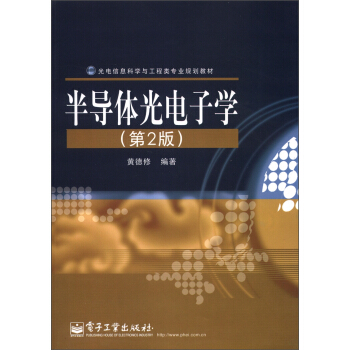
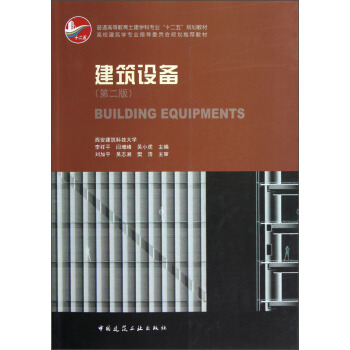

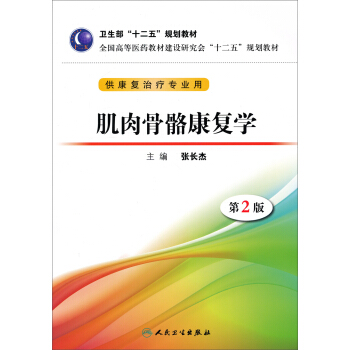
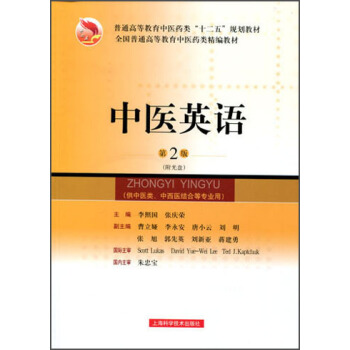


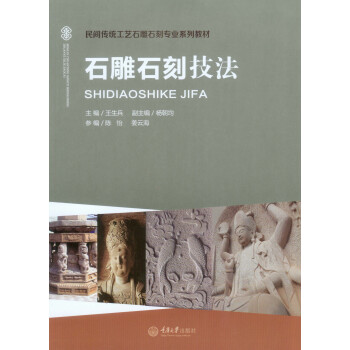
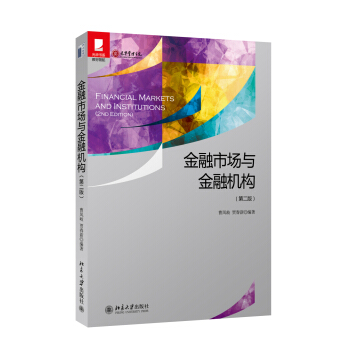
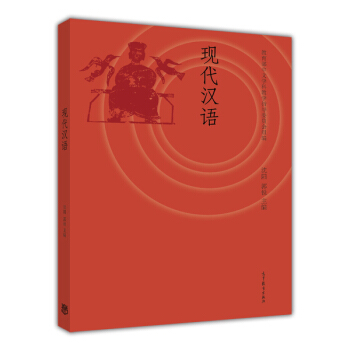
![精神病学 [Psychiatry] pdf epub mobi 电子书 下载](https://pic.windowsfront.com/11640253/566a970eN421095ba.jpg)
![经济学前沿译丛·非参数计量经济学:理论与实践 [Nonparametric Econometrics:Theory and Practice] pdf epub mobi 电子书 下载](https://pic.windowsfront.com/11659742/54f6dab2N2e7ee3e6.jpg)
